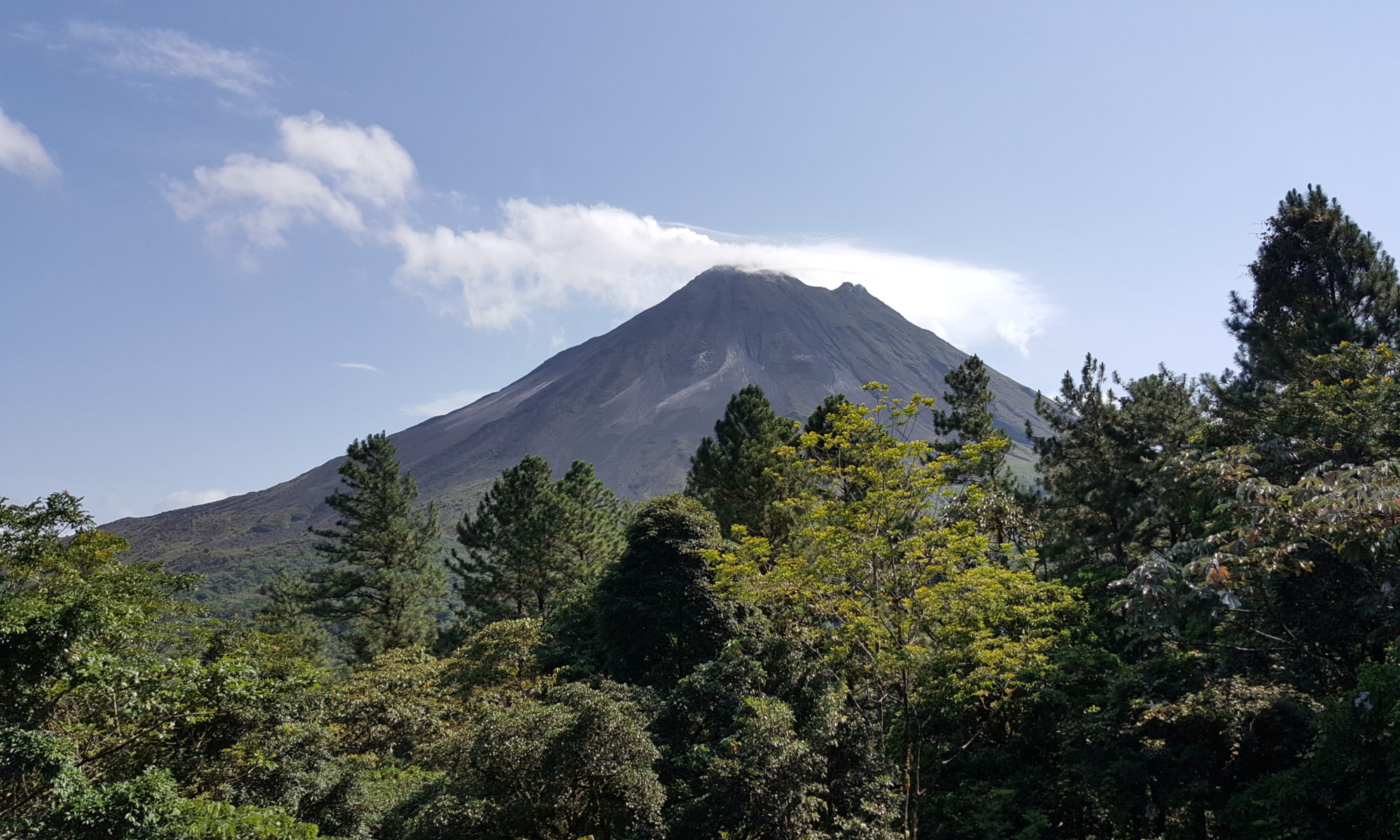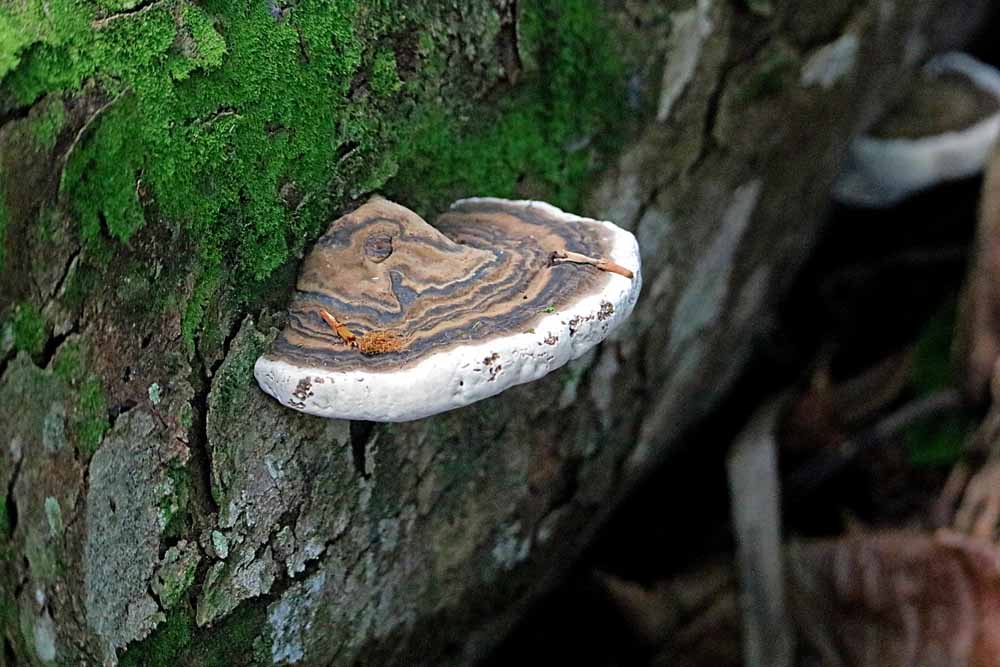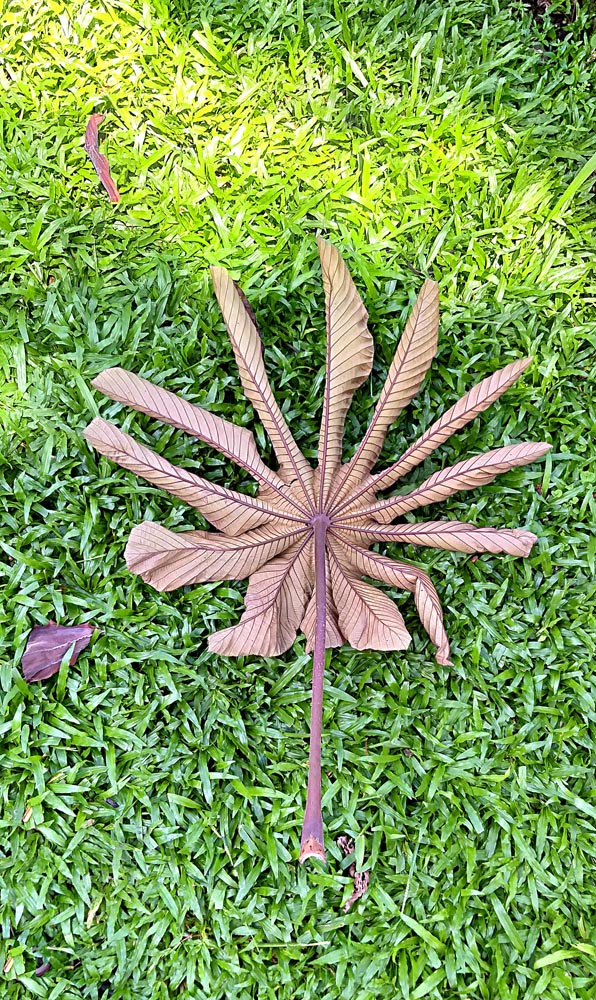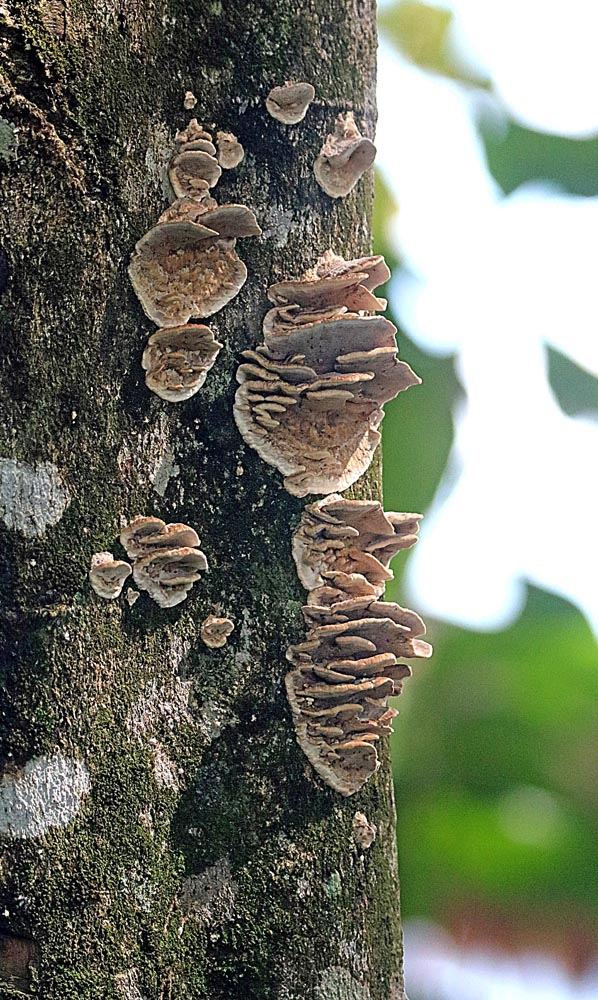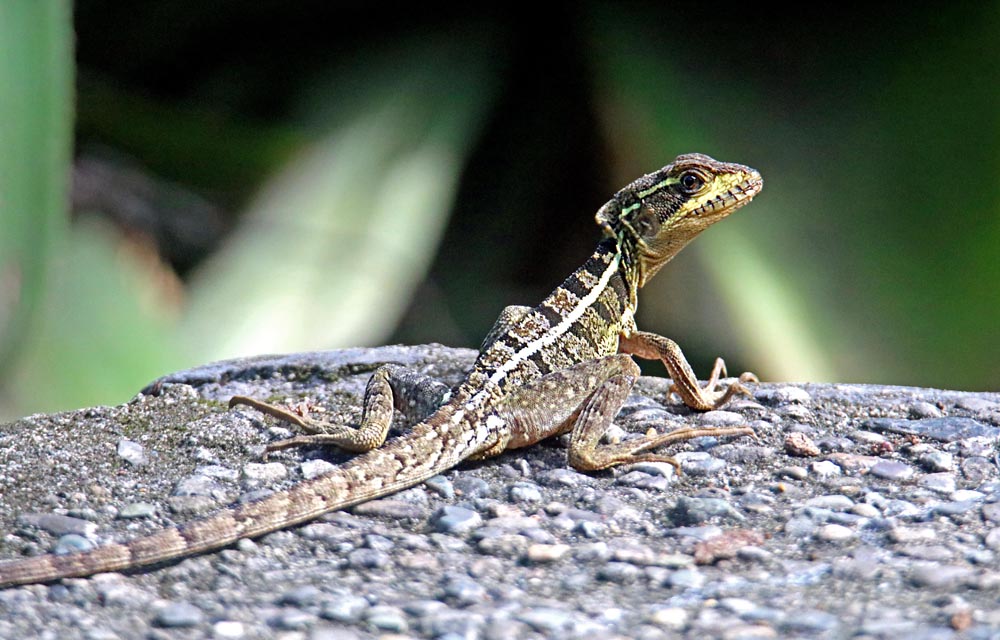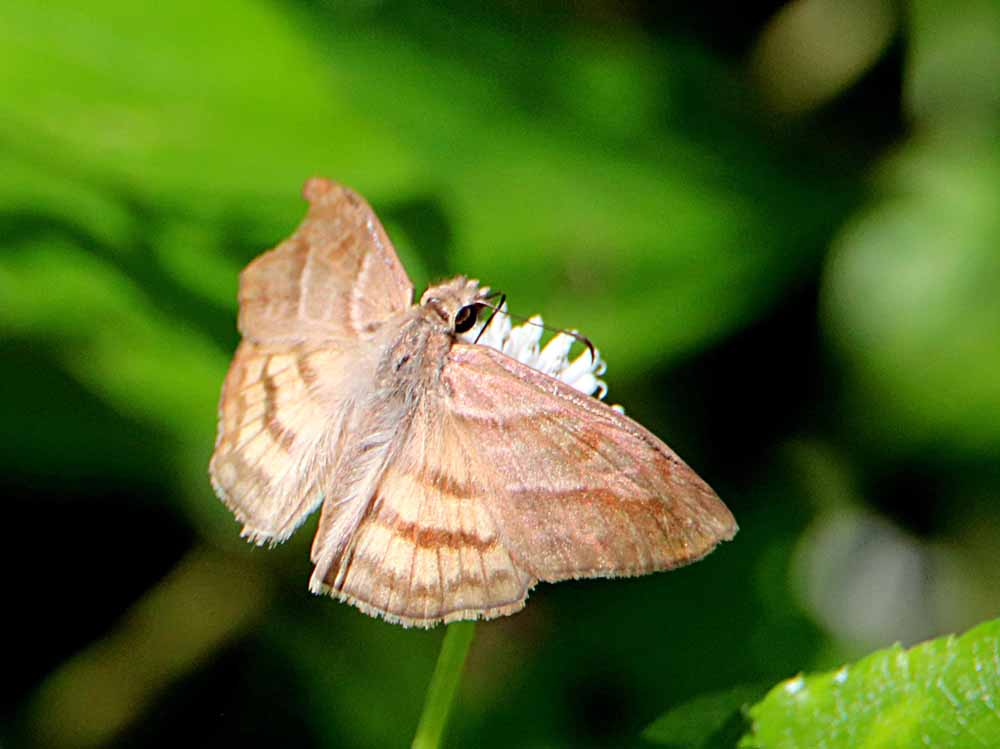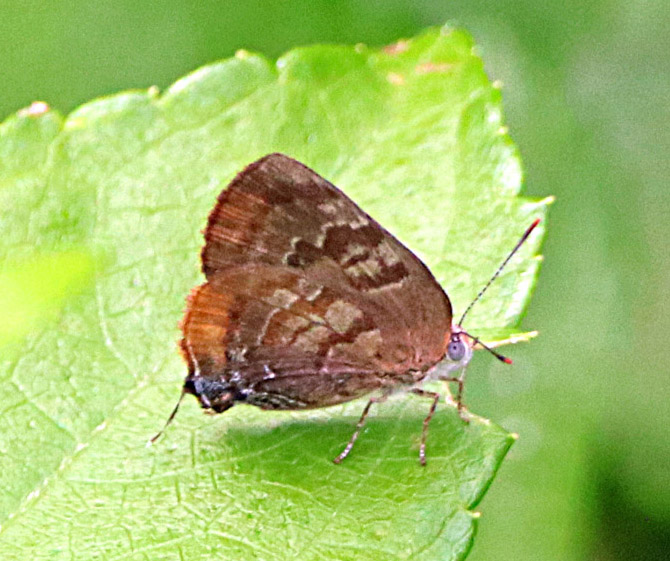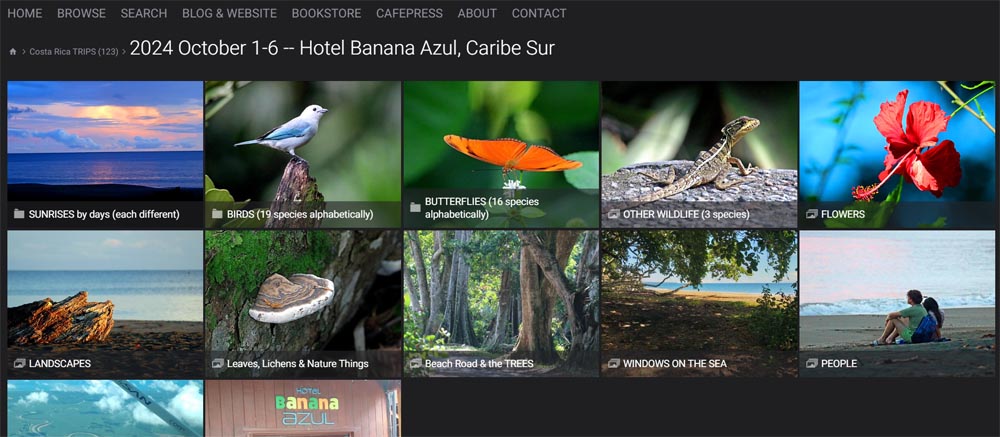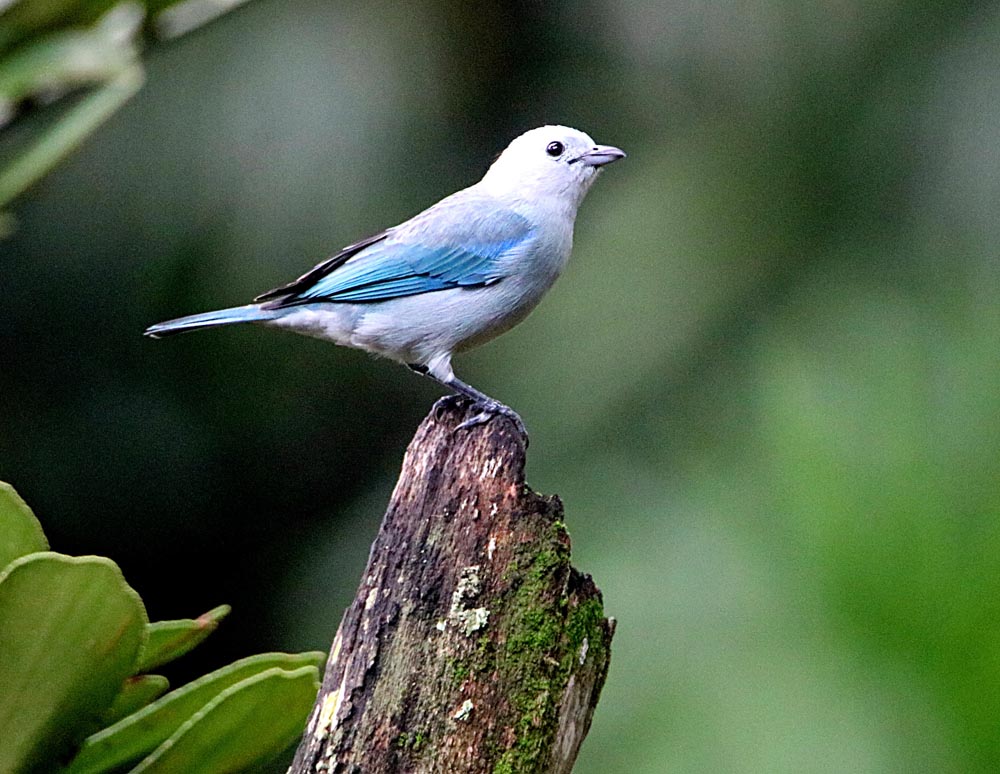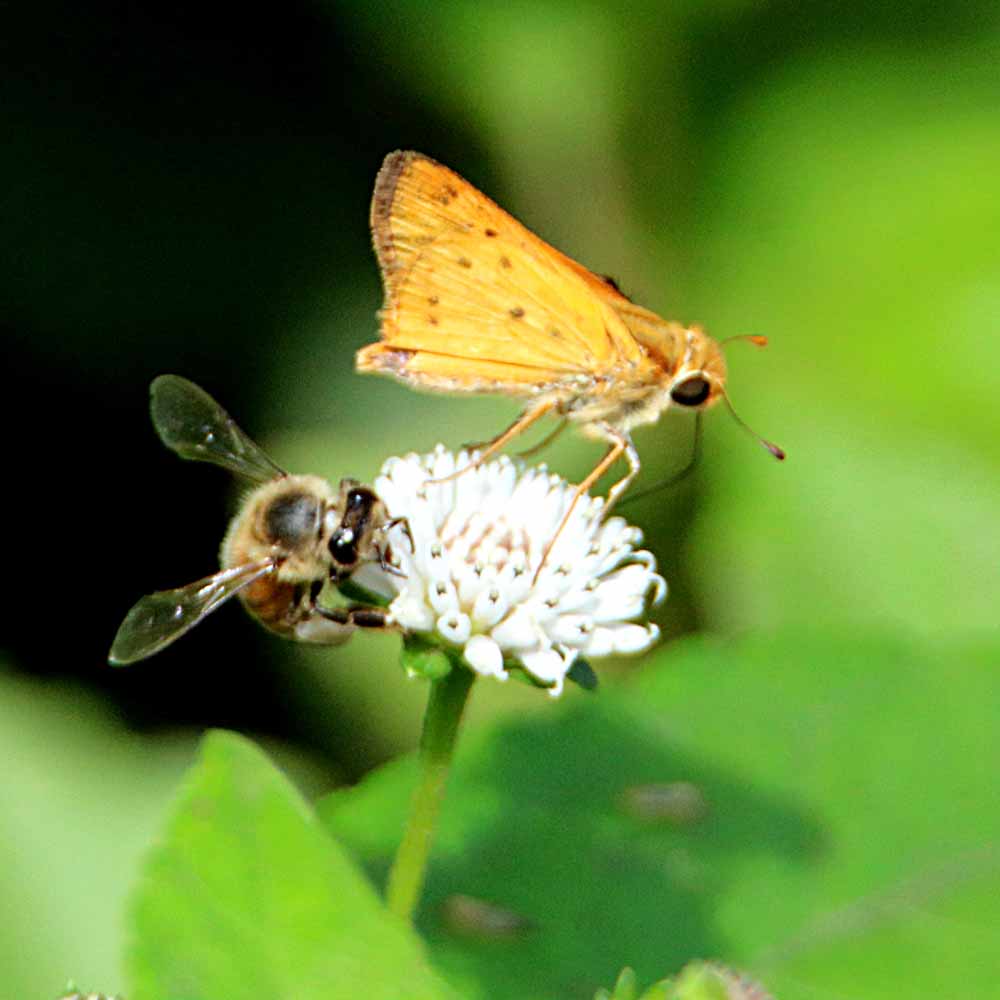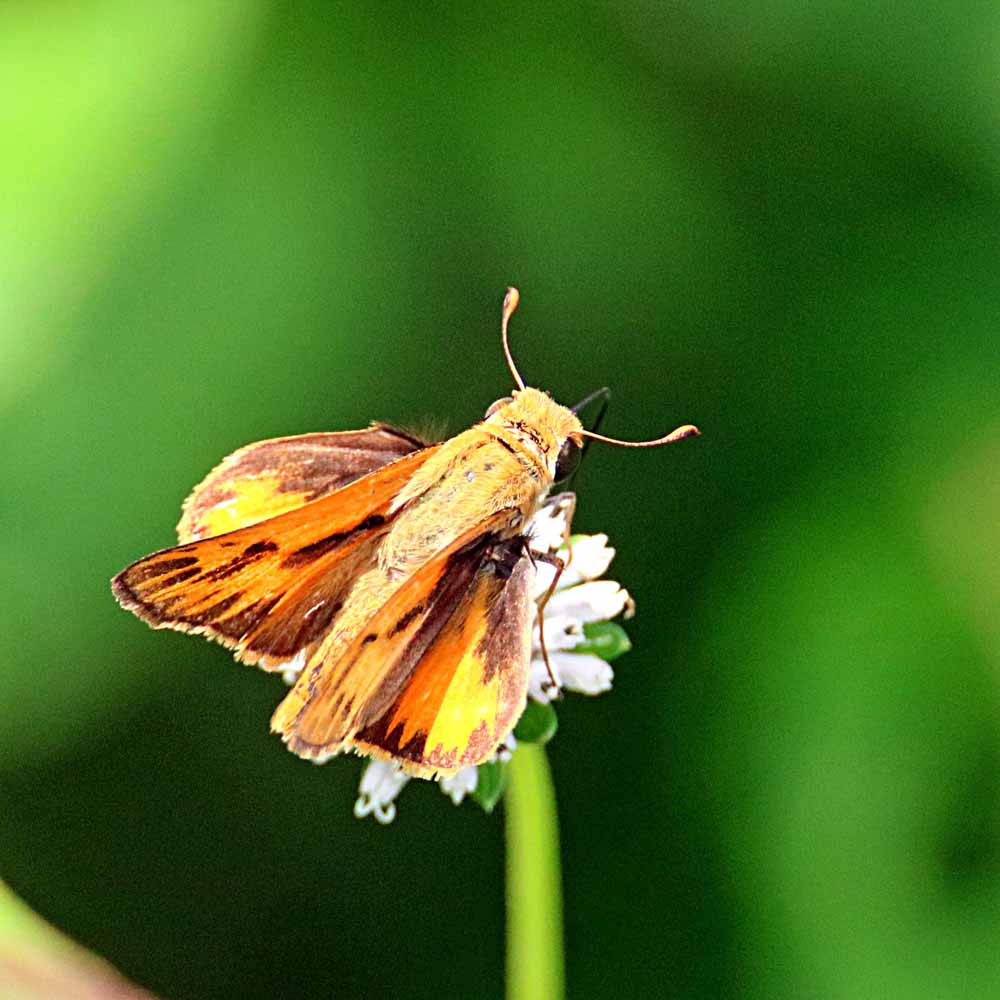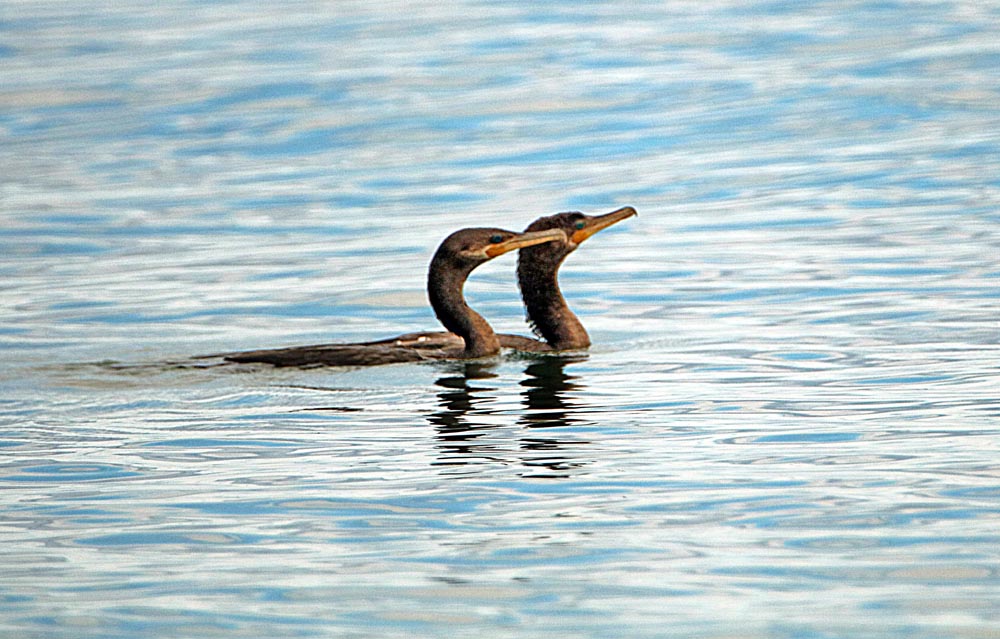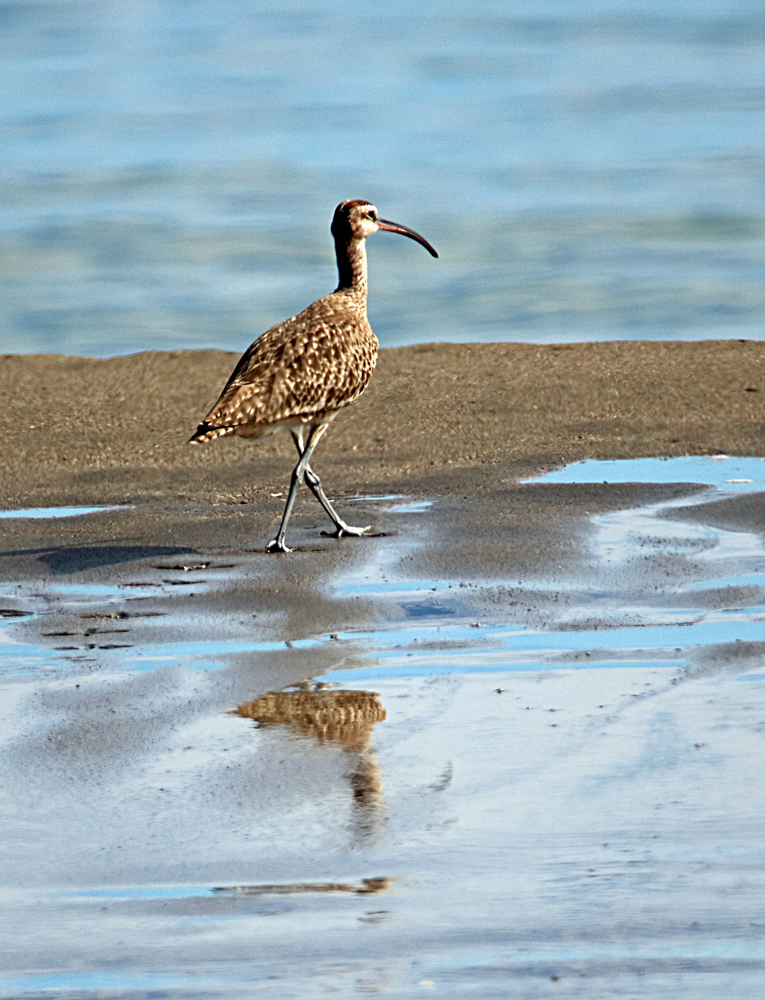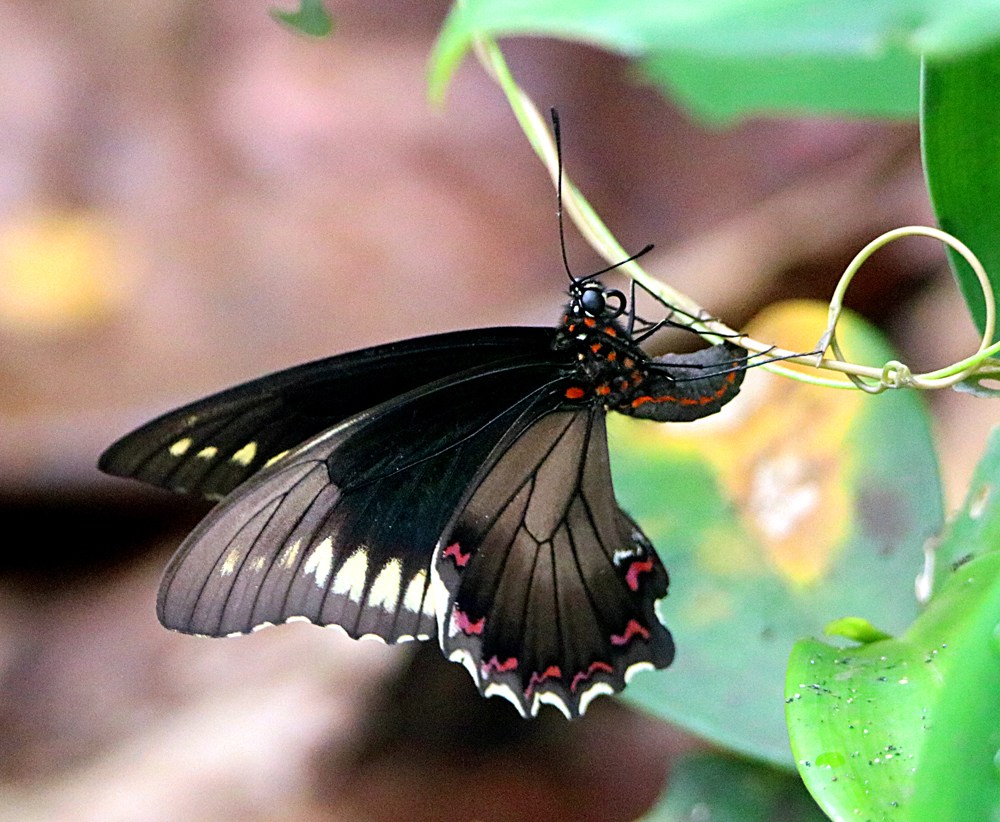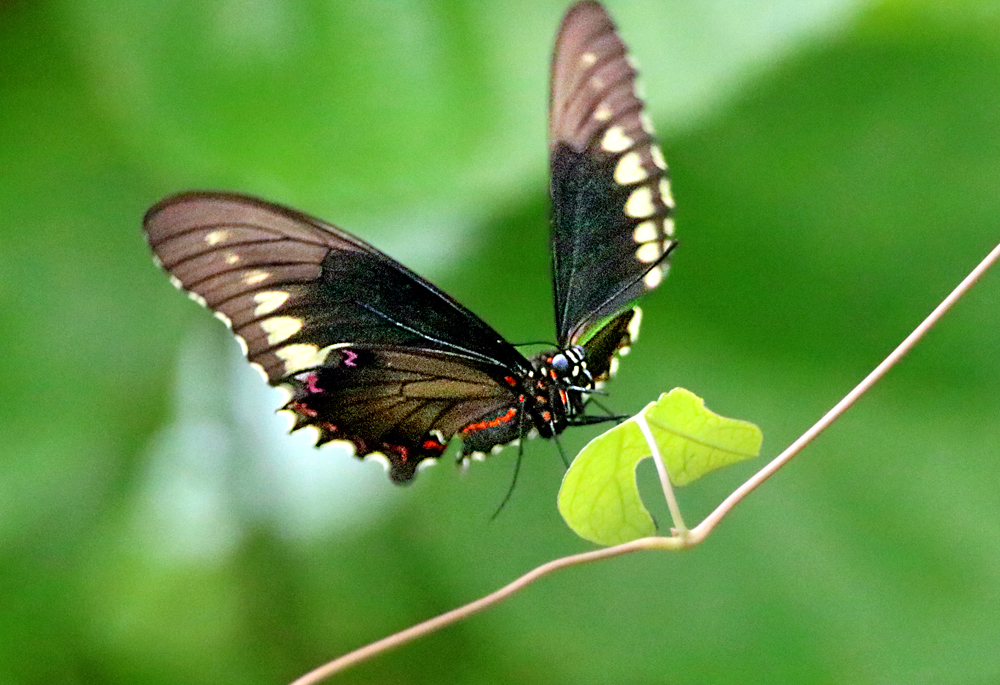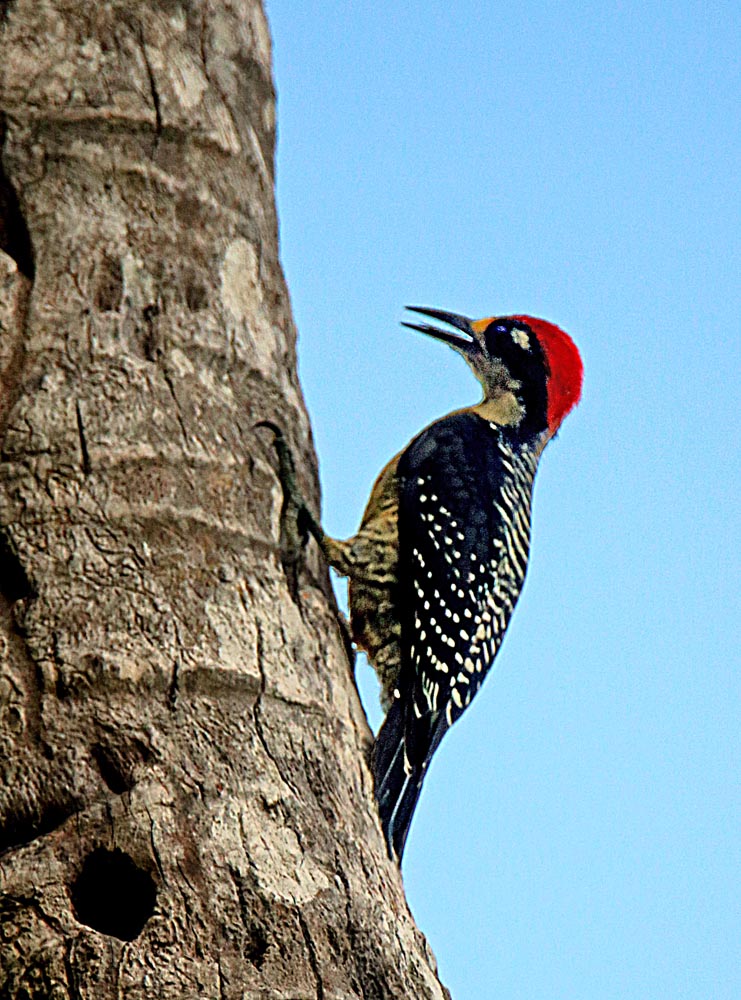This photo from my terrace was made on December 16, so maybe by now those few little gray rain clouds have already disappeared from our skies here. 🙂
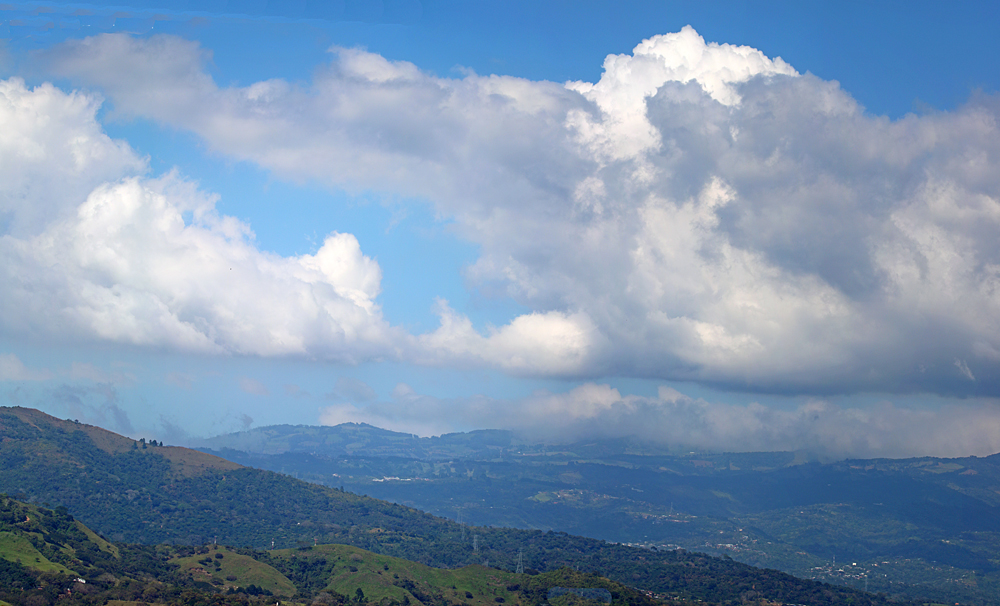
The “Rainy Season” which is sometimes called “Winter” (el invierno) here is generally from May to November, but there can be an overlap of rainy and dry seasons in December with pretty much no rain from January through March or April called “Summer” (el verano) here and then in late April or May the rain starts again to keep beautiful Costa Rica green! (With climate change we’ve had a lot more rain this December!) And that description above is mainly for the Central Valley or center of this little country with both coasts, coastal lowlands, and a few internal low areas called rainforests have rain year around as do some of the cloud forests high in the mountains.
And then there is the northwest part of the country, called Guanacaste (that province name), which is dry most all year with some deserts and only a few really wet areas like Palo Verde NP or Rincón de la Vieja. So if you don’t like the weather one place, go somewhere else! 🙂
Plus a little interesting trivia is that here in the Central Valley our two rainiest or wettest months are usually September & October while the year-around wet and rainy Caribbean Coast has their least amount of rain during those two months. Thus I usually travel to the Caribbean side in September or October! 🙂 But it’s not the same on the mid & south Pacific Coast which can have rain year around like the Caribbean. 🙂
See more vistas from my terrace in that gallery.
¡Pura Vida!
iNaturalist 2024 Year in Review, Charlie Doggett
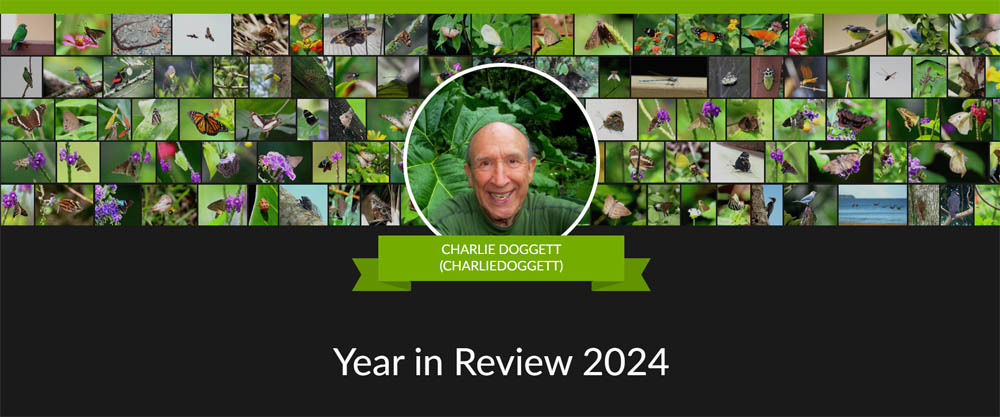
AND YES! All those photos in the montage above are ones I submitted to iNaturalist. Their A-I work I guess. 🙂
https://www.inaturalist.org/stats/2024/charliedoggett
The above-linked report includes lots of data, graphs, and the actual photos or you can go to My Observations page (linked) to just see which ones I submitted. Just beginning!
I have for 10+ years submitted my bird observations to eBird and in the last 2 or 3 years my butterfly observations to butterfliesandmoths.org, but in May of 2024 I started submitting all of my nature photos to iNaturalist Costa Rica (en español, Naturalista Costa Rica) including the birds and butterflies (double reporting them). 🙂 Though plants are included in iNaturalist, right now I’m only submitting the unusual ones or ones that I need help identifying! 🙂 My online gallery and website/blog will disappear after my death, but photos I submit to these organizations will be there for posterity! 🙂 Maybe that will be my legacy? 🙂
¡Pura Vida!
Continue reading “Soon Only White Clouds!”